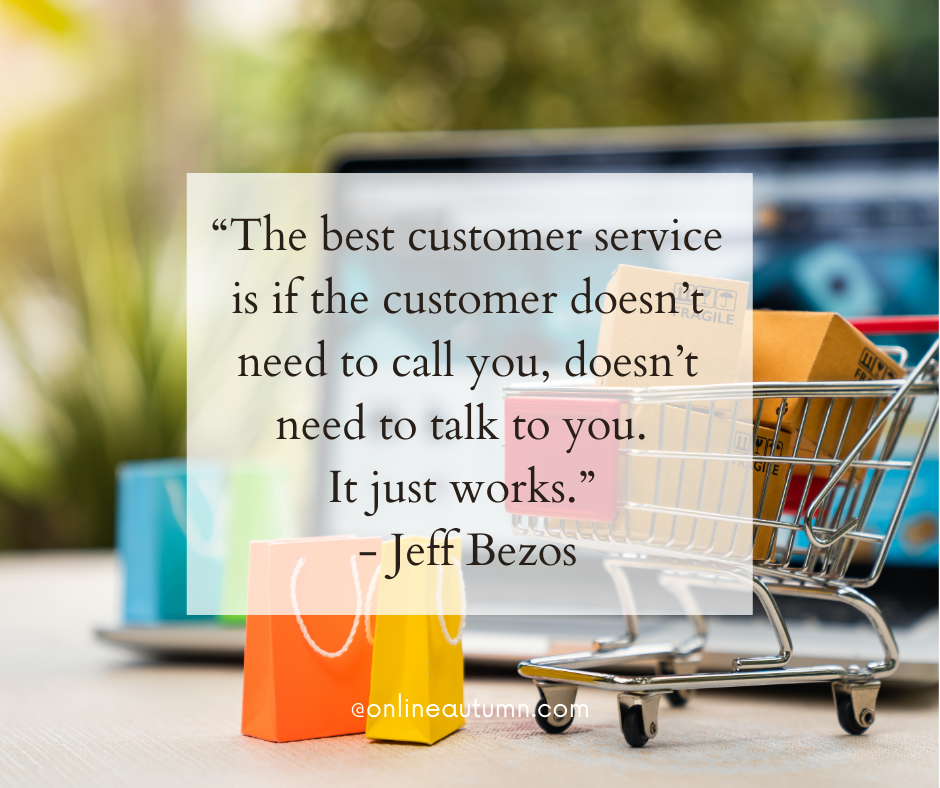Why Dropshipping on Shopify is a Great Way to Earn Money Online
Photo by hookle.app on Unsplash
Affiliate Disclosure: Please note that this post contains affiliate links, which means I will earn a commission (at no additional cost to you) if you choose to purchase. I only recommend products that I truly believe will benefit you. Whether or not I earn a commission, these are products I would still recommend. There isn’t anything recommended on this page that I haven’t tried, used and/or personally verified.
Creating a profitable business doesn’t require a massive upfront investment or extensive inventory management, in our online economy. Dropshipping has become one of the most accessible ways to start an online store and generate income. With platforms like Shopify, the process has been streamlined, allowing entrepreneurs to focus on marketing and customer relationships rather than stocking products.
Dropshipping offers a low-risk, high-reward opportunity for people looking to start their e-commerce journey. In this guide, we’ll walk you through the essentials of starting a profitable dropshipping store on Shopify—from setting up your store to selecting winning products and leveraging the best tools.
As Jeff Bezos, founder of Amazon, famously said, “The best customer service is if the customer doesn’t need to call you, doesn’t need to talk to you. It just works.” With the right approach, your Shopify dropshipping store can be that seamless shopping experience customers crave.

What Is Dropshipping and Why Shopify?
Dropshipping is a business model where you sell products directly to customers without holding inventory. When a customer places an order, the supplier ships the product directly to them. This eliminates the need for warehousing and minimizes upfront costs. This is an awesome “plus” for beginners!
Why Shopify?
Shopify is a leading e-commerce platform with built-in features tailored for dropshipping, such as:
- User-friendly store setup
- Numerous integrations with dropshipping apps like Oberlo and Spocket
- A secure checkout process
- Scalability for growing businesses
Erik Huberman, founder of Hawke Media, highlights, “Shopify has democratized e-commerce, allowing even the smallest entrepreneurs to compete globally.”

Setting Up Your Shopify Store
Step 1: Sign Up and Choose a Plan
- Visit Shopify.com and sign up for a free trial.
- Once you’re familiar with the platform, choose a plan that fits your budget.
Step 2: Customize Your Store
- Pick a theme from Shopify’s library (many are free or reasonably priced).
- Customize the layout, colors, and branding to reflect your niche.
Step 3: Set Up Essential Pages
- Create pages like About Us, Contact Us, and FAQ to build credibility.
- Add policies for refunds, shipping, and privacy to enhance customer trust.
Step 4: Configure Payment Options
- Shopify supports multiple payment gateways. Enable secure options like PayPal and Stripe to cater to a global audience.
Finding a Profitable Niche
What’s a Niche?
A niche is a specific market segment that caters to a defined audience. The more focused your niche, the easier it is to target customers effectively.
Examples of Dropshipping Niches:
- Eco-friendly products
- Fitness and wellness accessories
- Pet supplies
- Gadgets and tech accessories
“Choose a niche you’re passionate about, but also one that’s profitable,” advises Tim Ferriss, author of The 4-Hour Workweek. Tools like Google Trends and Facebook Audience Insights can help you validate your niche idea.

Sourcing Products and Choosing Suppliers
Key Tools for Sourcing Products:
- Spocket: Focuses on suppliers from the US and Europe for faster shipping times. Spocket offers high-quality products, fast shipping, and seamless integration for your Dropshipping business.
- Oberlo: Perfect for beginners; integrates seamlessly with Shopify.
- AliExpress: Offers an extensive range of products at low costs.
How to Choose Reliable Suppliers:
- Look for suppliers with positive reviews and high ratings.
- Test products yourself to ensure quality.
- Communicate directly with suppliers to clarify shipping times and return policies.
Tip: Always have backup suppliers to avoid delays and keep your store running smoothly.
Creating a Winning Product Listing
A good product listing can make or break your sales. Follow these tips to create compelling listings:
1. Write Clear and Persuasive Titles:
Example: “Premium Bamboo Yoga Mat – Eco-Friendly & Non-Slip”
2. Use High-Quality Images:
- Opt for clear, professional-looking product images.
- Include multiple angles and lifestyle photos.
3. Craft a Descriptive Product Description:
- Focus on benefits rather than just features.
- Use bullet points for easy readability.
4. Include Reviews:
Social proof can significantly increase trust and conversion rates.
Marketing Your Shopify Dropshipping Store
Social Media Marketing:
- Use platforms like Instagram, TikTok, and Pinterest to showcase your products.
- Collaborate with influencers in your niche for greater reach.
Search Engine Optimization (SEO):
- Optimize your product titles, descriptions, and images with relevant keywords.
- Start a blog on your Shopify site to attract organic traffic.
Paid Advertising:
- Facebook Ads: Perfect for targeting specific audiences.
- Google Shopping Ads: Display your products directly in search results.
As Gary Vaynerchuk, entrepreneur and author, says, “Attention is the currency. Whoever gets the most attention wins.” Focus your marketing efforts where your target audience spends their time.

Tools to Streamline Your Dropshipping Business
1. Shopify Apps for Dropshipping:
- Spocket
- Oberlo
- Dropified
2. Customer Support Tools:
- Gorgias: Manage customer queries efficiently.
- Zendesk: Offers a comprehensive helpdesk solution.
3. Email Marketing Tools:
- Klaviyo: Tailored for e-commerce, it allows for personalized campaigns.
- Mailchimp: A budget-friendly option for small businesses.
4. Analytics and Tracking:
- Google Analytics: Track your website traffic and user behavior.
- Lucky Orange: Understand how visitors interact with your site.
Scaling Your Dropshipping Store
Once you’ve mastered the basics, consider scaling your store to increase profitability.
Expand Your Product Range:
Research complementary products within your niche.
Invest in Advanced Marketing:
- Launch retargeting campaigns to bring back interested customers.
- Explore content marketing, such as YouTube tutorials and Instagram Reels.
Automate Repetitive Tasks:
Use tools like Zapier to automate order processing and customer follow-ups.
Ready to Try Dropshipping?
Starting a profitable dropshipping store on Shopify is an excellent way to earn money online. With minimal upfront costs, an array of tools, and the power of Shopify, you can build a thriving business that suits your lifestyle.
As Jeff Bezos emphasizes, “If you do build a great experience, customers tell each other about that. Word of mouth is very powerful.” By focusing on customer satisfaction, selecting winning products, and leveraging modern marketing strategies, you can create a business that stands out in the competitive e-commerce landscape.
The journey may have challenges, but with the right mindset and tools, your Shopify dropshipping store can be the key to financial independence and entrepreneurial success.





I’m impressed, I have to say. Actually hardly ever do I encounter a blog that’s both educative and entertaining, and let me tell you, you may have hit the nail on the head. Your thought is excellent; the difficulty is something that not sufficient people are speaking intelligently about. I am very completely happy that I stumbled throughout this in my search for one thing referring to this.